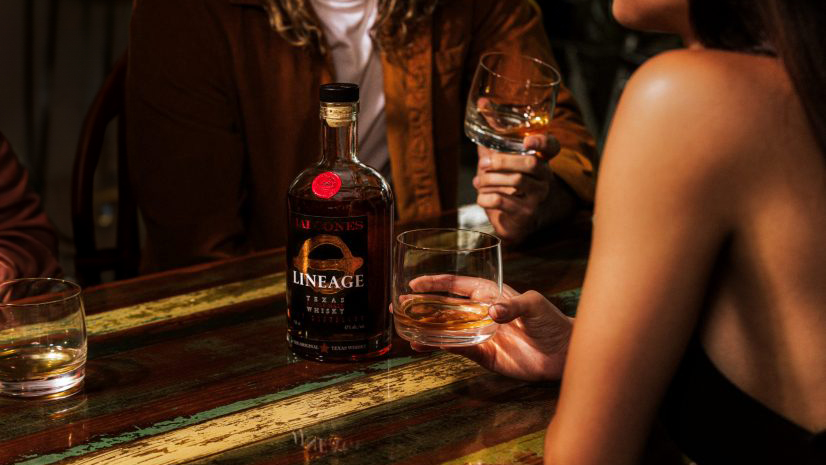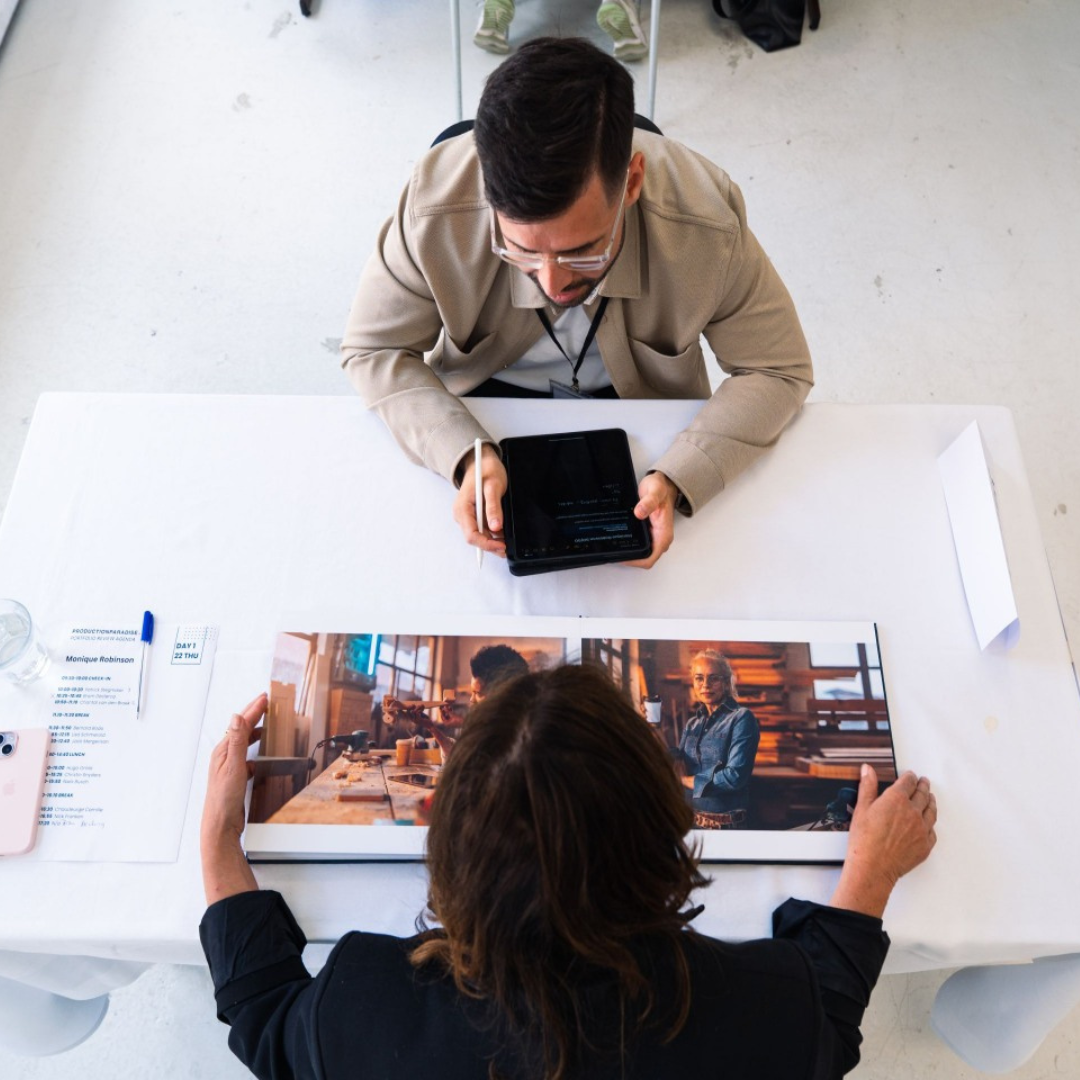From ska bandstages to movie sets, this artist's journey has always been about rhythm, energy, and human connection. Beginning as a video editor and evolving into a photographer and director, Cass Klepac’s work rests on authenticity, where preparation meets spontaneity, and where stories emerge in raw, unforgettable ways. Rooted in Austin's grit and vibrancy, her aesthetic captures boldness with intimacy, showing a passion to make every image and frame feel alive and human.
Starting out, were there any pivotal mentors or projects that shaped your approach to how you work now?
I started out as a video editor, piecing stories together frame by frame. That’s where I learned rhythm, how timing makes meaning. I was lucky to work with scrappy young producers who pushed me to just make things, even if they were messy. That gave me permission to step behind the camera and trust my gut. Storytelling has been the through-line ever since, whether it’s a :30 spot or a portrait of someone’s grand mother.

Do you storyboard your shoots or develop direction on the fly?
I’ma Virgo, so yes, I love a strong plan, a clean shot list, mood boards, all of it. But the magic is never in the storyboard. It’s in the cracks, the laugh in between takes, the way the light shifts and suddenly changes everything. I prep so I can pivot. The vision is clear enough that when things move on set, I don’t panic.
From trombone to camera, what’s one routine or habit you’ve carried forward that still influences your process today?
I was in a ska band back in the day and that’s where I learned how I want a set to feel: like a live show. Lively, unpredictable, electric. The energy bouncing person to person until it clicks and suddenly everyone’s part of something bigger. It’s fun and raw, but also deeply human.
Directing or photographing is no different. You need rhythm, timing, gut, and the courage to improvise. People and energy always come first, that’s what makes the work resonate. Like music when the floor shakes beneath you and the lights dim, and you’re shoulder-to-shoulder in the crowd.
.jpg)
Do you draw inspiration from other arts or disciplines?
Travel keeps me curious. Music gives me pacing. Films remind me to think wide and cinematic. Reading cracks, me open emotionally. Inspiration doesn’t live in one place for me, I pull from everywhere, so the work doesn’t just look like a photo, it feels like life.
What do you see shifting in commercial and portrait photography right now?
Audiences are hungry for truth (and so am I). The work that lingers isn’t glossy, it’s raw, cinematic, a little unpolished in the best way. Brands are pulling back from fabricated perfection and leaning into stories that feel real. People don’t want to be talked at; they want to be invited in.
That’s where the magic is: when something feels both relatable and elevated at the same time. Elevated meaning where authenticity meets aspiration, something people can see themselves in, but also want to reach for. Just heightened enough to make the everyday feel worth remembering.
How has working in Austin shaped your aesthetic?
Austin is grit and beauty colliding. Music spilling out of bars, late-night tacos, the heat sticking to your skin, it’s all part of the texture here. That blend shows up in my work: bold and cinematic but always grounded and human. Austin reminds me it’s not just about the shot; it’s about the people in the room.
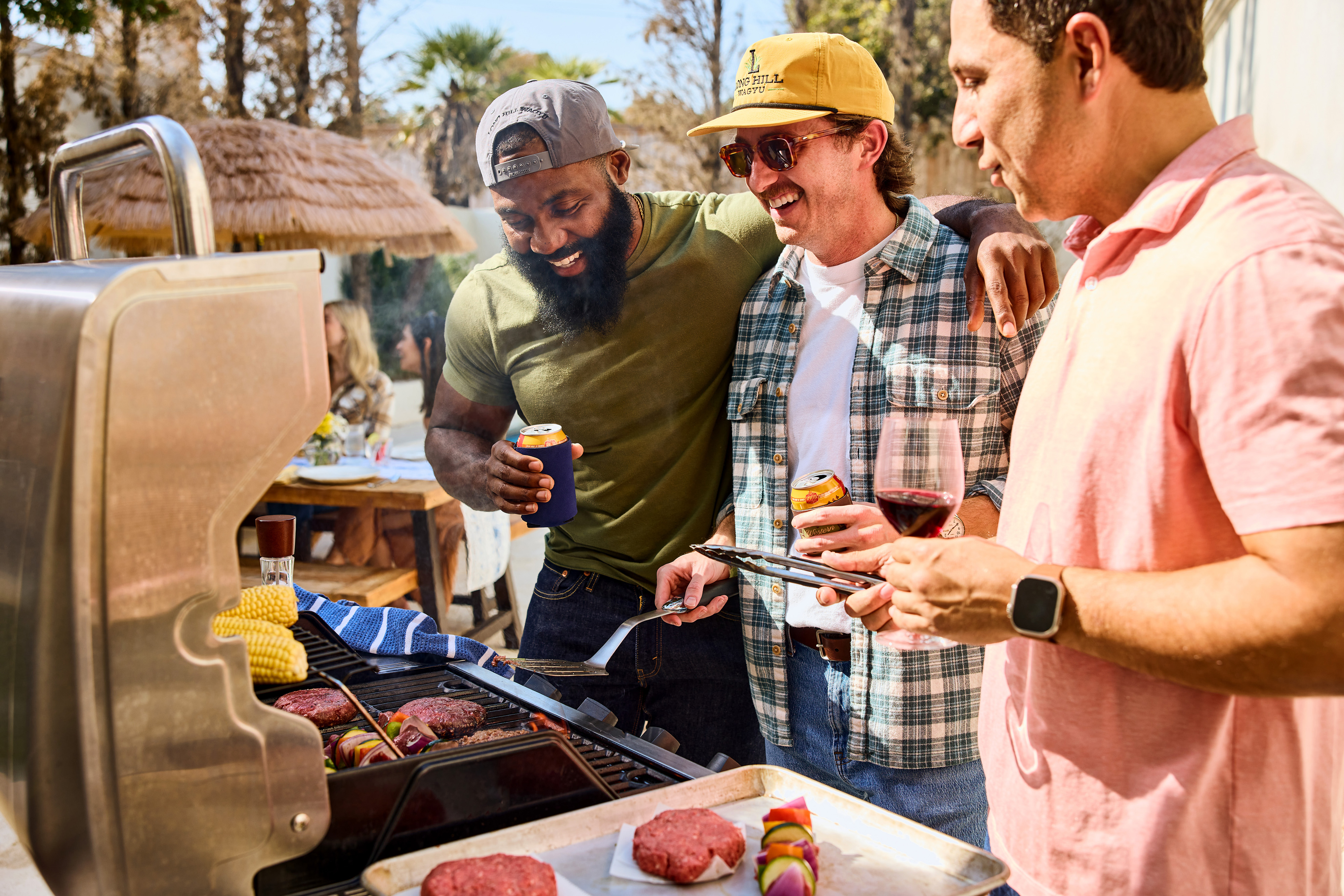
If someone could take one feeling from your work, what would you want it to be?
Human.That’s it. Not staged, not distant, just human. Work that smells like the air of the moment, that makes you feel connection, nostalgia, or even the spark that tomorrow could be better.
What’s one piece of advice you’d share with emerging creatives about leading a project?
Prepare like hell, then leave room for surprise. Know the vision inside out so when things shift, you don’t freeze. For me, leadership isn’t about pretending everything’s perfect, it’s about keeping the energy alive and making sure people feel safe to bring their best. The strongest work happens when the structure is solid but there’s still space to breathe.
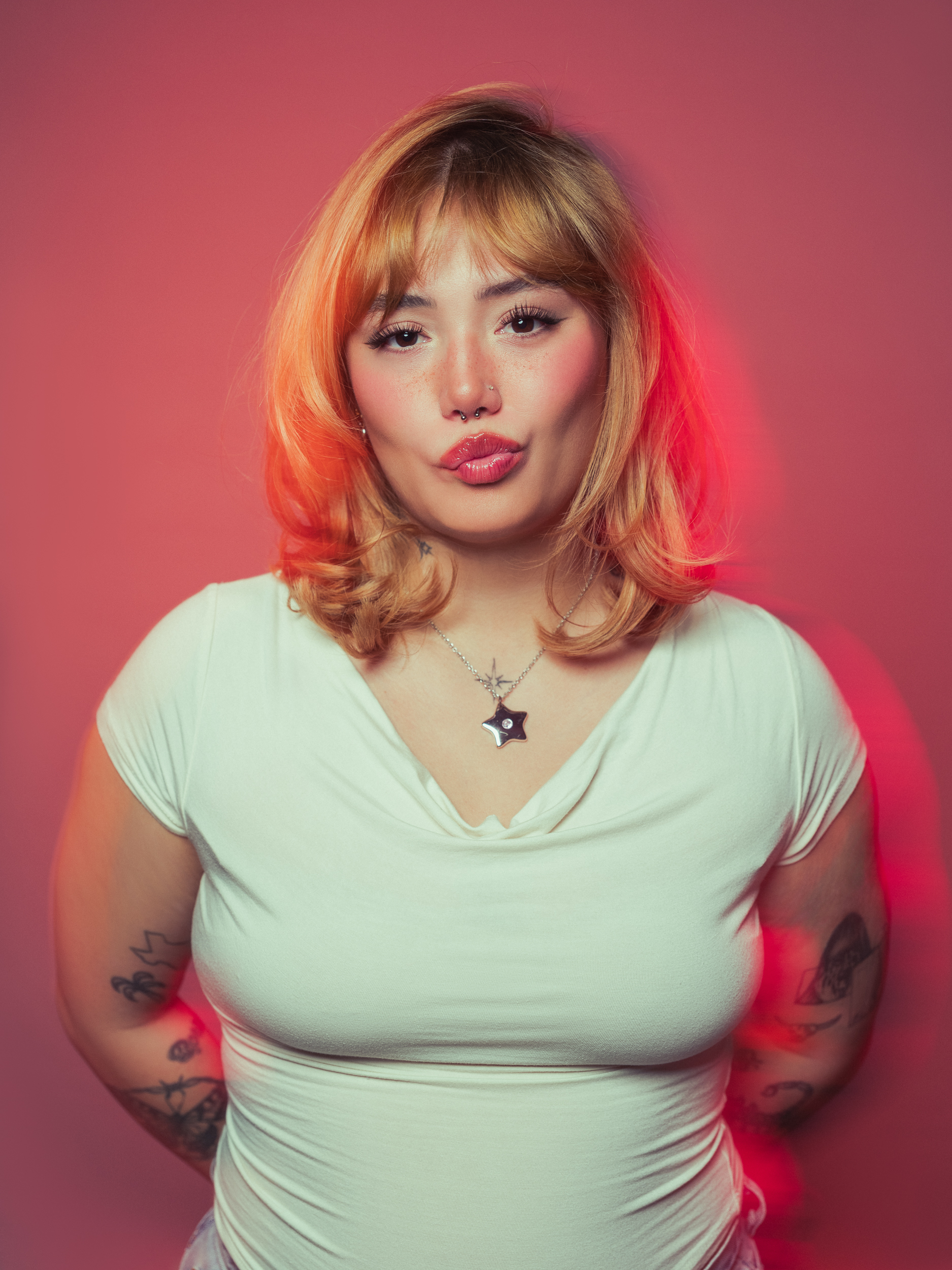
Looking back over the past five years, what are you most proud of?
Trusting my gut. Saying yes when it scared me. Letting myself be stretched as both an artist and a business owner. I never had a roadmap. Instinct and adaptability carried me further than any plan on paper ever could
What’s next for you?
Photography is my first language, it's how I see and how I connect, and that’s never leaving me. But directing is pulling me harder every day. Some stories just don’t sit still, they need movement. So, I’m both now: a photographer still geeking out over light and intimacy, and a director chasing bigger, rawer,human stories. Different instruments, same band.
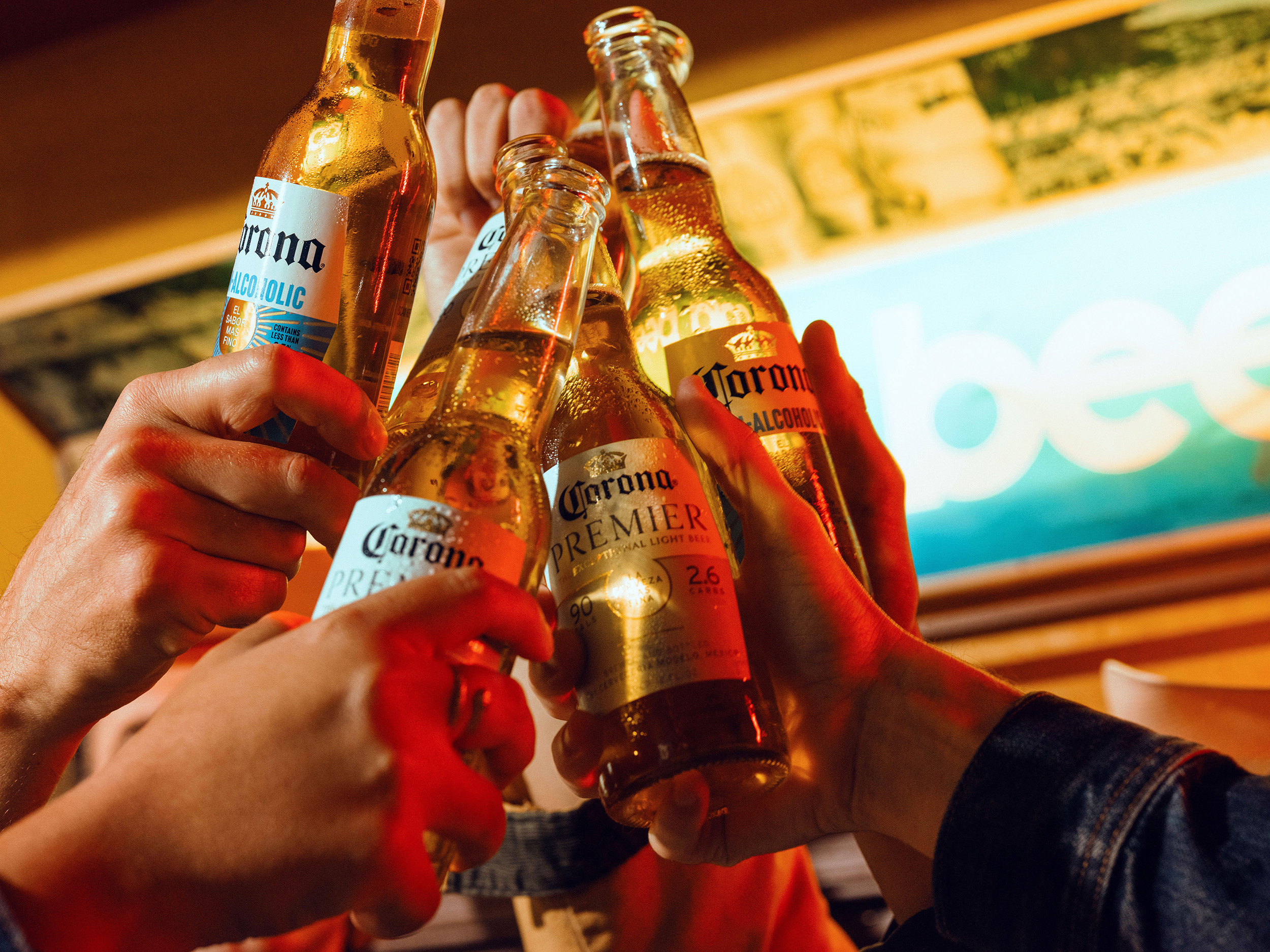
What motivated you to join Production Paradise?
Production Paradise has been good to me. Their showcases got my work in front of brands and agencies I probably wouldn’t have reached otherwise. But what I like most is that it’s not just about visibility, it’s about connection. They understand this industry is equal parts art and business, and they support both.
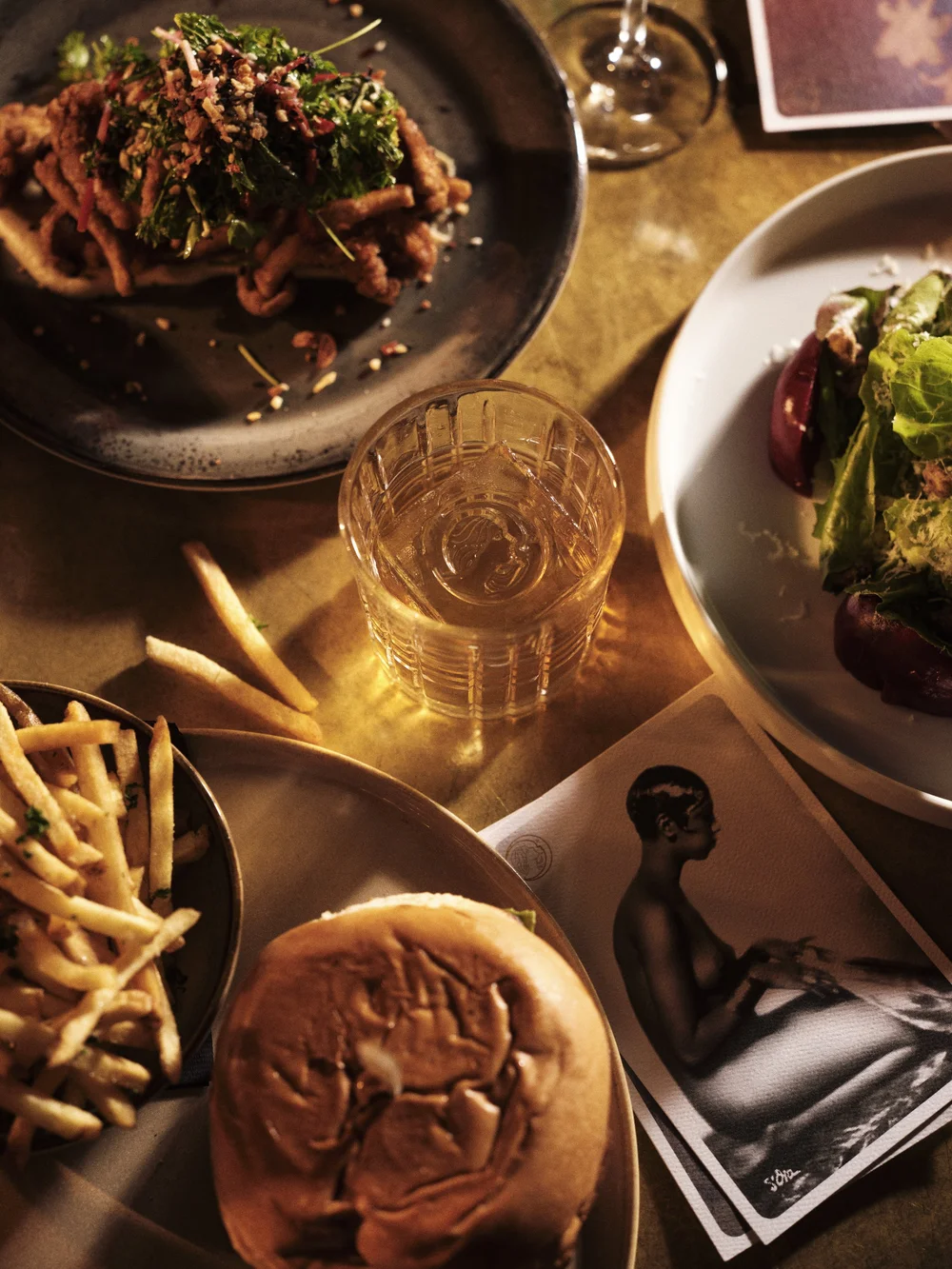
Looking forward, the intention is still the same: to create work that does not only communicate visually, but emotionally as well. Whether in front of or behind the camera, or leading a team, the focus is on storytelling that is raw, human,and lasting. With directing beckoning louder by the day, the path forward is about expanding the canvas where photography and film meet, and where truth continues to be the heartbeat of every endeavor.
If you liked this interview and want to see more of Cass Klepac's work click here

%20(2100%20x%20405%20px).png)
